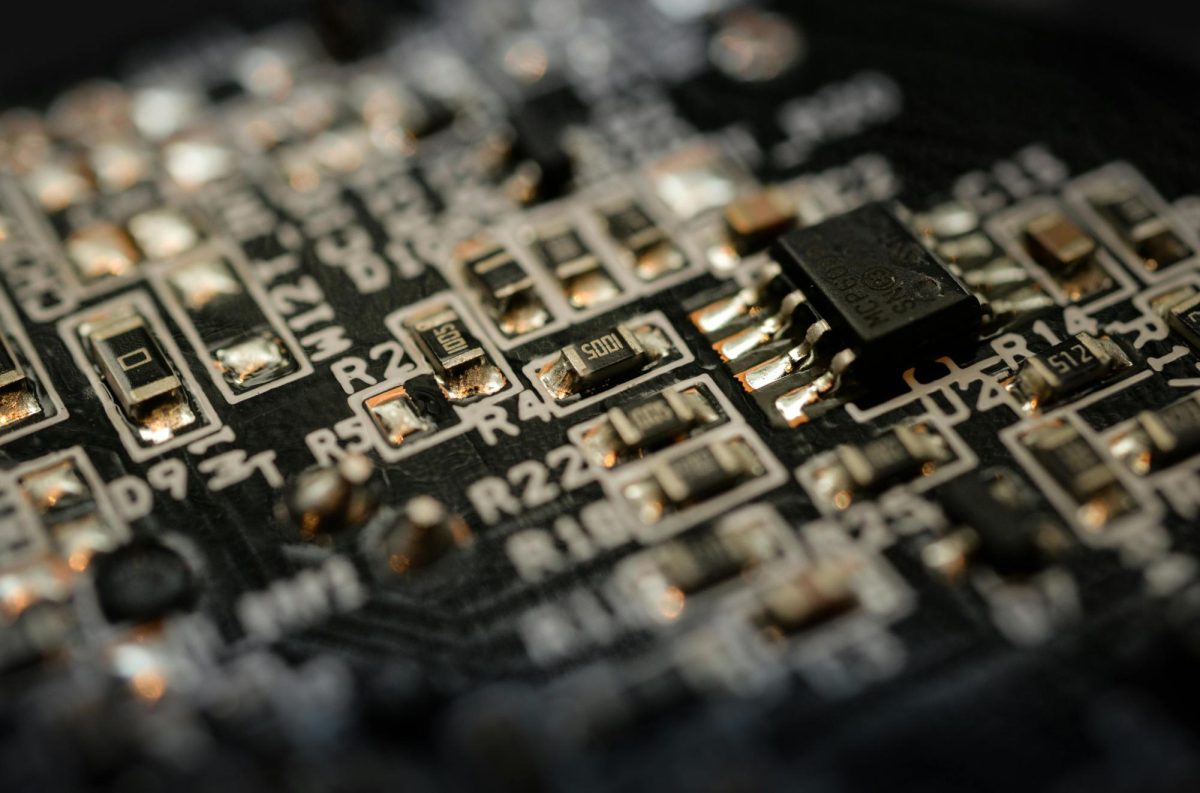Following the intense uptick in tech giant Nvidia’s share value, which according to MarketWatch has increased by 378% since the end of 2021, investors and firms worldwide are taking notes on what else is happening in the realm of semiconductor chips. Increased development and investment in artificial intelligence (AI) and consequent utilization of Graphics Processing Units (GPUs) have contributed to Nvidia’s market boom, as well as other major computer chip companies like Advanced Micro Devices (AMD), Taiwan Semiconductor Manufacturing Company (TSMC), Broadcom, Texas Instruments, and many others.
Examining the year-over-year (YoY) revenue and past five quarters (beginning Q3 of 2023) earnings performance, we see that Nvidia has grown marginally alongside TSMC and Broadcom. Many analysts believe now is a prime time to purchase these three stocks. Among other firms, performance is overall strong, but weaker when compared to the previously mentioned companies. However, one standout chip firm to avoid right now is Intel, whose performance and market share are tanking chiefly due to supply chain disruptions, massive cost-cutting measures, and an overall lack of competitiveness in the semiconductor industry.
An important consideration for semiconductors, as well as all other imported goods, is that President-elect Donald Trump aims to instate a blanket tariff of 10-20% on all imports, with 60-100% towards imported goods from China. This isn’t the case for all industries, but when it comes to computer chips the U.S. is deeply reliant on imports. However, this now begs the question: What happens if this tariff is enacted?
For consumers, we can expect price increases in goods like consumer electronics, home appliances, cars, and all other goods that require a computer chip to function. This is due to the tariff being deferred onto the consumer, or the minimum advertised price (MAP) increasing according to the tax imposed by the tariff. For example, if a 5% tax is placed on ink, then pen manufacturers will likely add that percent to the price tag consumers pay for pens, meaning the consumer bears the full cost of the tax, not the firm.
For firms, we can expect market distortions, or fluctuations in demand for chips, which can be both good and bad. Demand for goods with chips will likely decrease in some areas because of price increases, but supply shortages can override this and create more demand for these goods. The demand for chips themselves will not be affected by price changes, but shortages can create demand spikes. We saw this in 2020 and 2023 when both semiconductor manufacturers and firms purchasing chips for goods had increased revenue amidst severe shortages.
The reason for these companies’ revenue increasing despite their unfavorable conditions rests in computer chips being an inelastic good, or a product that’s largely immune to price changes because of how “necessary” it is to daily life. This means that increased prices coupled with increased demand will incur short-run profits. It’s important to note that while semiconductors themselves are inelastic, the goods they go into, like cars or computers, can be elastic.
Combining these factors, we can reasonably expect strong growth in 2025 and onwards. Now is a great time to begin investing–even if you’re just a student with limited income due to a part-time job–if you haven’t already, and if you want an industry that’s both generally stable and expected to see lots of growth long-term, the semiconductor industry is a good place to start.







